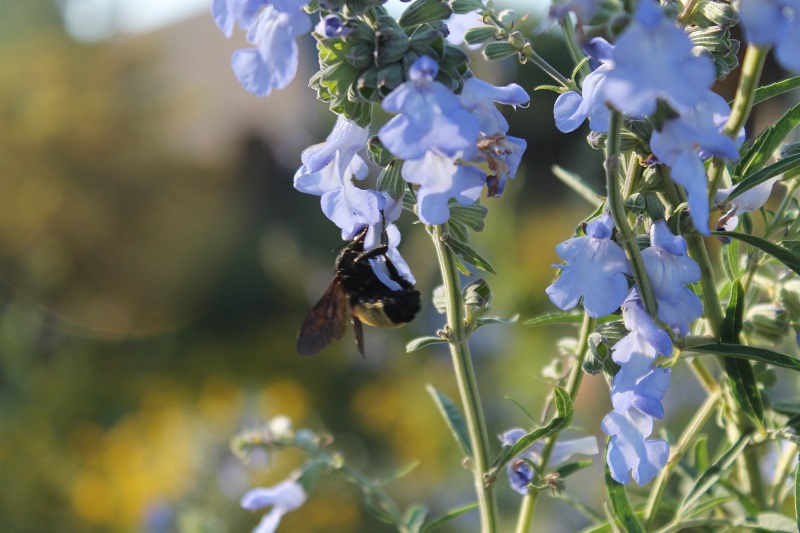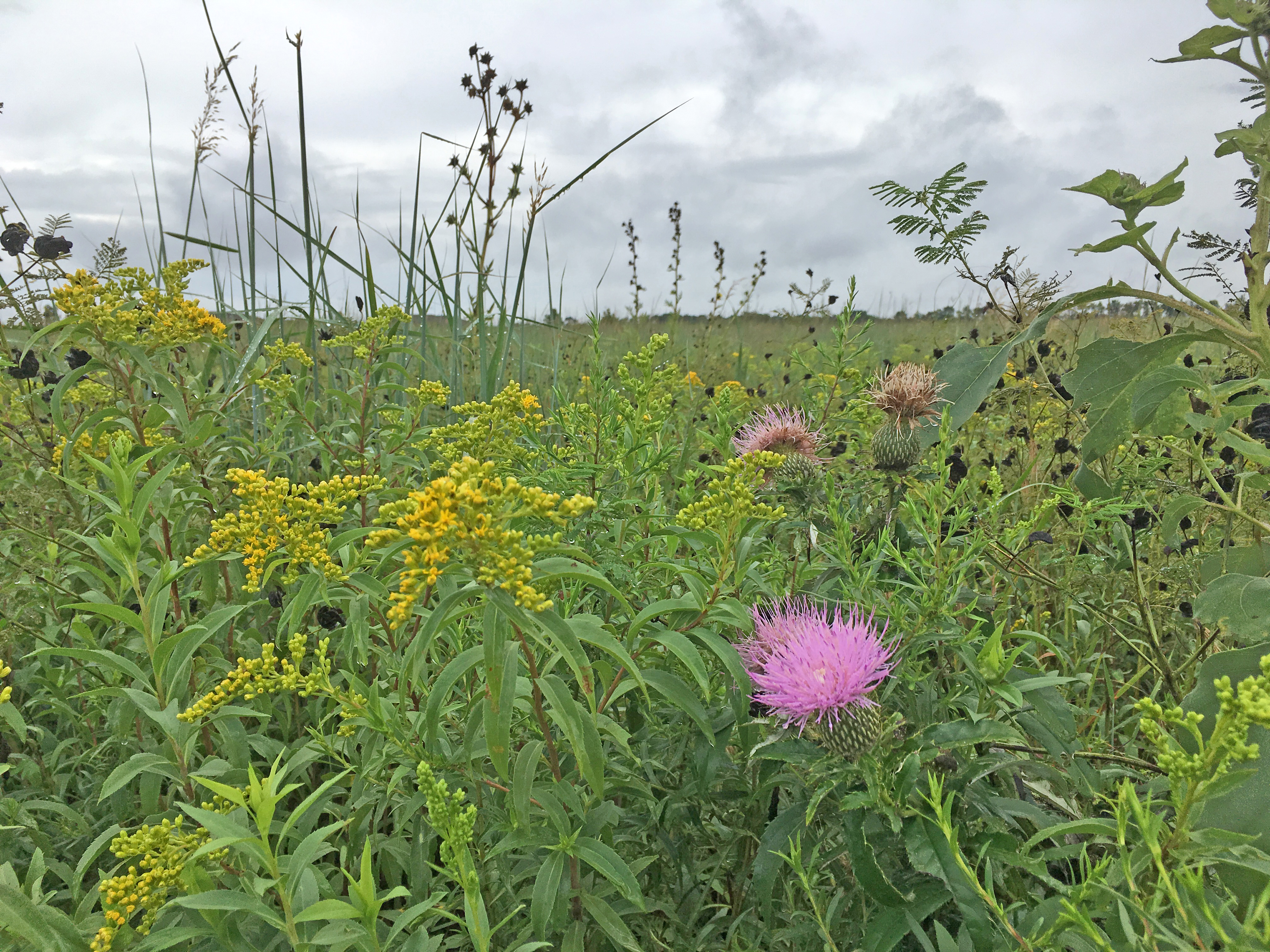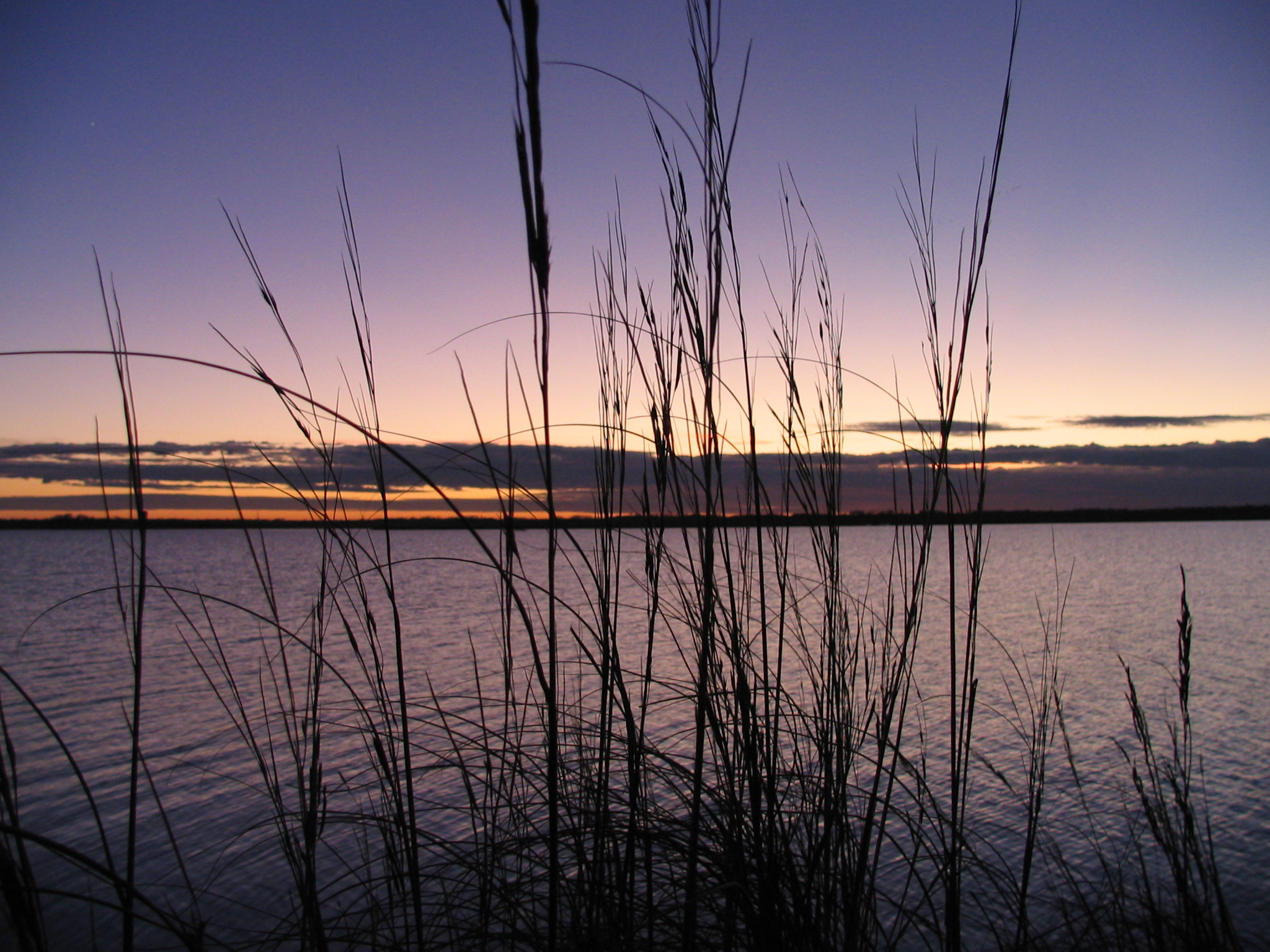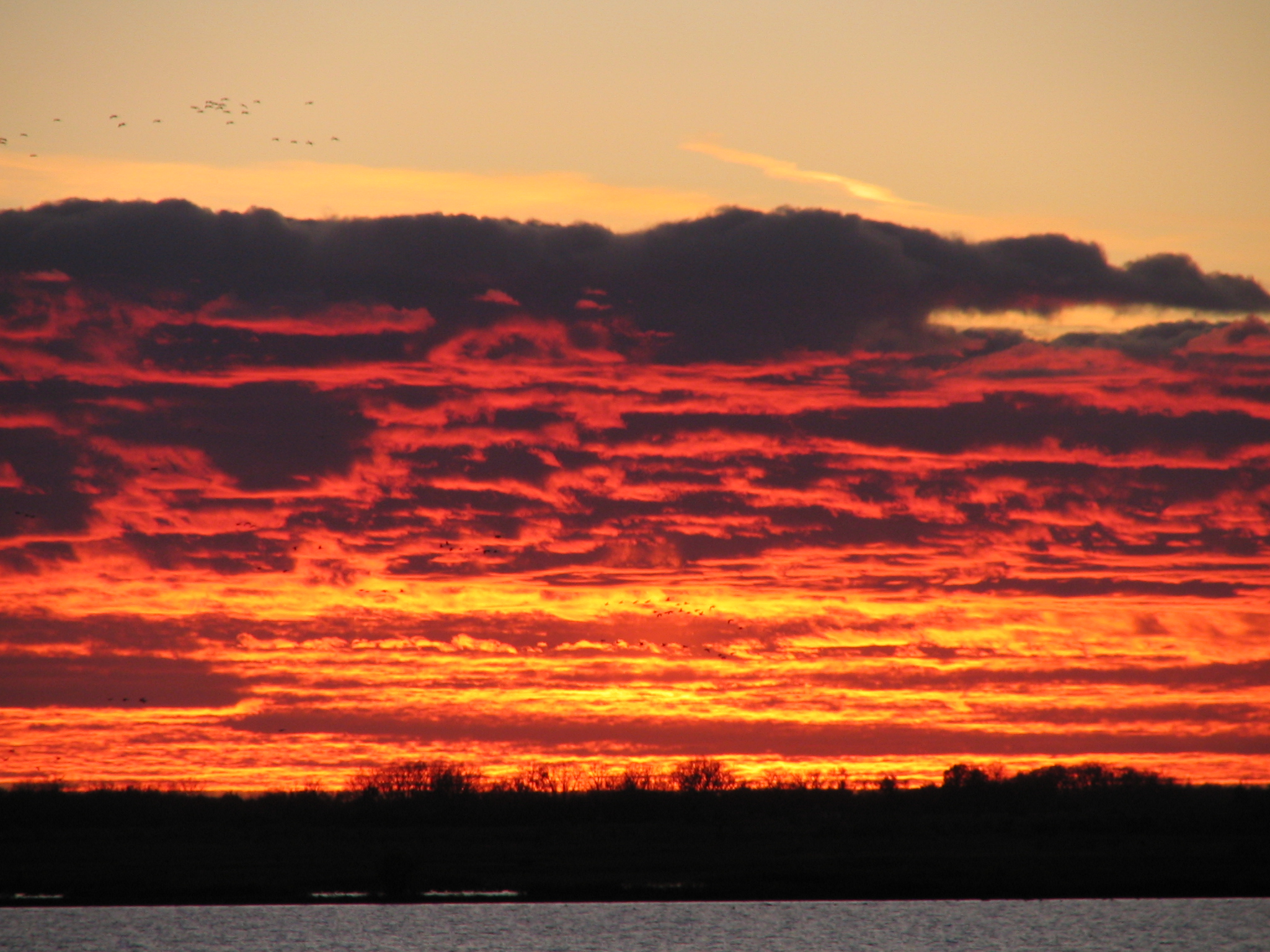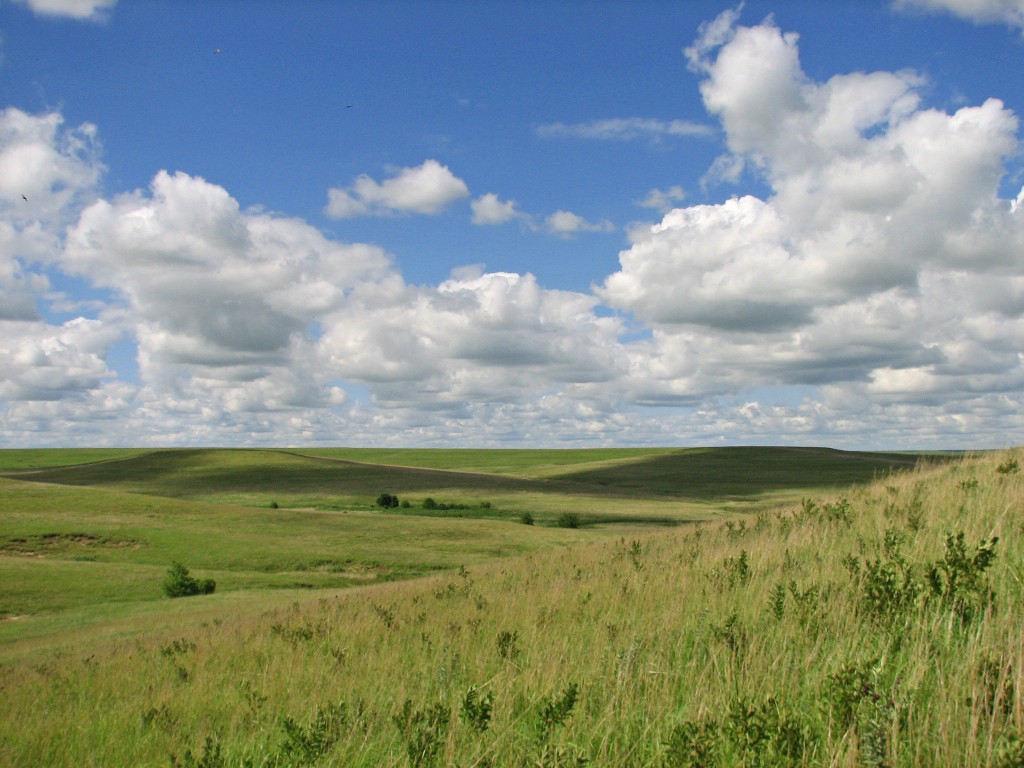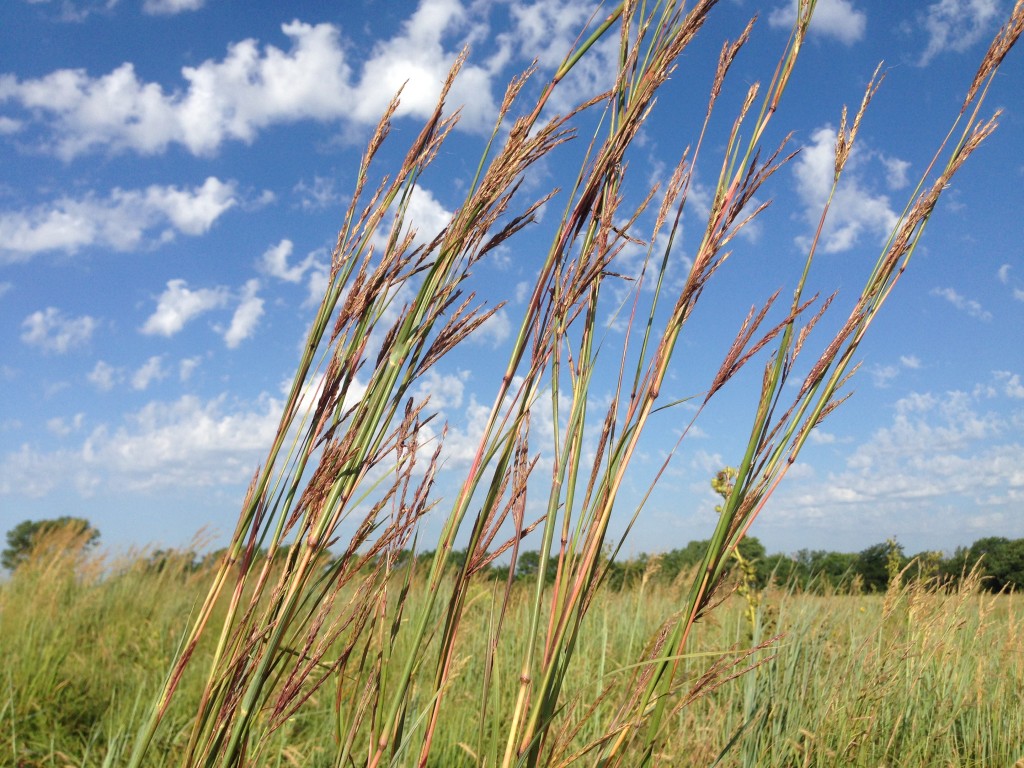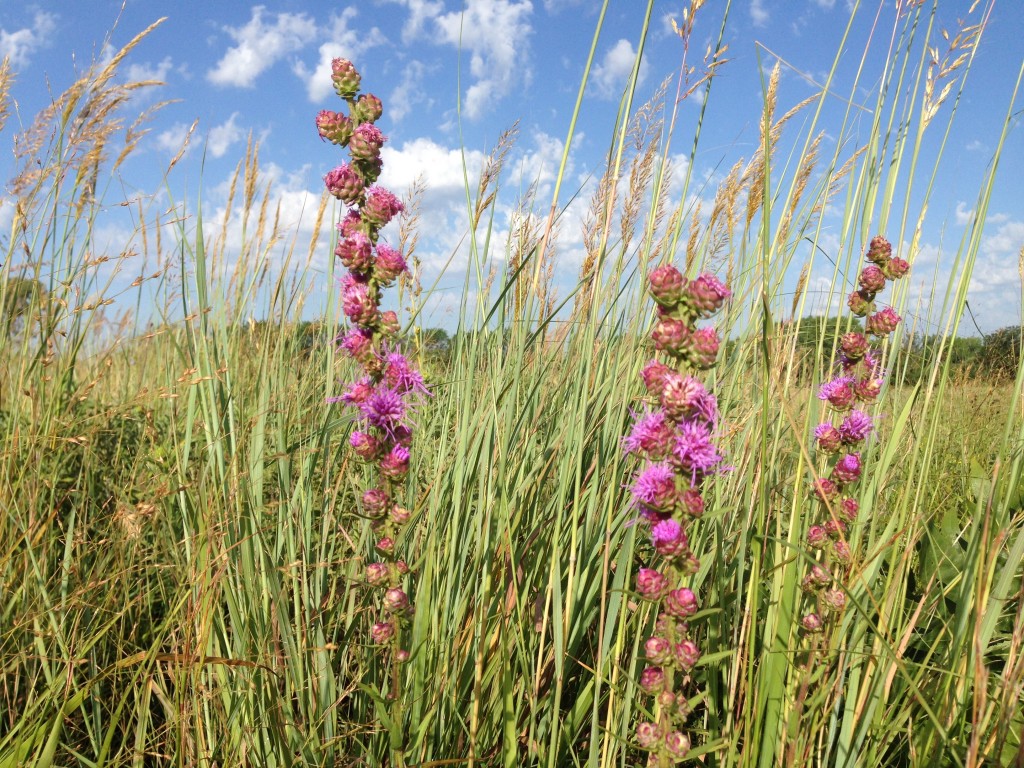Here is a repost from a few years ago about using local cedar trees for your Christmas decoration this year, for the ecological benefits and the fun folksy style!
This past weekend I cut down a red cedar to use as my Christmas tree; just the right shape and size and with the right amount of character. I feel great about cutting one of these trees out of the wild (an Arboretum staffer condoning tree felling? Yes!). Red cedars are beautiful, strung with lights and tinsel, but they have become a real pest in the Great Plains ecosystem. Here are a few reasons to skip the plastic tree or spruce farm and simply cut yourself a cedar!

Cedars have become invasive
Eastern red cedar (Juniperus virginiana) is native to Kansas and much of central and eastern North America. Native though they are, the USDA labels cedars as invasive, and rightfully so. Too many pastures and meadows are overgrown with cedars, choking out native grasses and wildflowers. Without natural wildfires and regular controlled burns, cedars have been allowed to flourish in places that historically would not have been suitable. The tallgrass prairie is one of the most rare and endangered ecosystems in the world, and the invasion of cedars upon open grasslands decreases species richness, changes soil composition and even threatens indigenous wildlife. If you are a landowner looking to do maintenance of your grassland or clear it of cedar trees, Dyck Arboretum can provide helpful information.
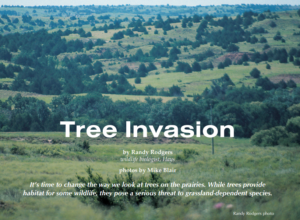
Cedars degrade the prairie ecosystem
Grassland dependent birds, insects and small mammals become displaced or outcompeted when red cedars populate formerly open land. The University of Nebraska has compiled a lot of data on this subject at The Eastern Red Cedar Science Literacy Project, where you can find informative and alarming tidbits like:
“Grassland birds are the most rapidly declining avian guild in North America (Fuhlendorf et al. 2012) and are rarely observed once juniper exceeds 10% of land cover (Chapman et al. 2004).” (Twidwell et al. 2013)
and…
“An increase in overstory cover from 0% to 30% red cedar can change a species-rich prairie community to a depauperate community dominated by 1 (small mammal) species, Peromyscus leucopus.” (Horncastle et al. 2005)
Endangered and vulnerable species like the American burying beetle and the greater prairie chicken are only further threatened by the turnover of grassland to cedar forests. Cedars do have redeeming qualities – winter shelter and forage for birds, drought tolerance and erosion control. Red cedars certainly have their place in a hedgerow or small grove, but should be carefully limited from spreading.
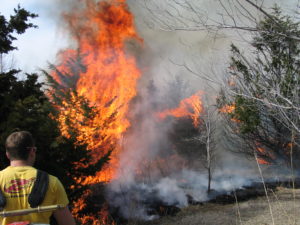
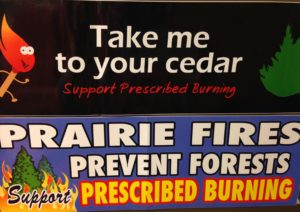
Cedars are a ‘green’ choice
For all the aforementioned reasons, cutting a cedar for a Christmas tree is already a very ecologically conscious decision. But there is more! Unlike plastic trees, cedars are biodegradable and can be used for firewood or garden mulch. Also note that conventional Christmas tree farms providing spruce or firs require lots of resources:
- clearing/agricultural development of land
- years of regular water input
- pesticides to keep needles bug free
- shipping and fuel costs to get the trees to distributors around the country
Why don’t we skip all that frivolous resource usage and cut down some of these pesky cedars instead? You can feel good about a tree that’s low on carbon waste but high in old-fashioned, folksy quality.
Get permission from a farmer, landowner or your county land management officials before you start cutting. They will likely be happy to get rid of one, and you may get it for free (more money for gifts, yippee!) and enjoy a lovely, cedar-scented home this holiday.

